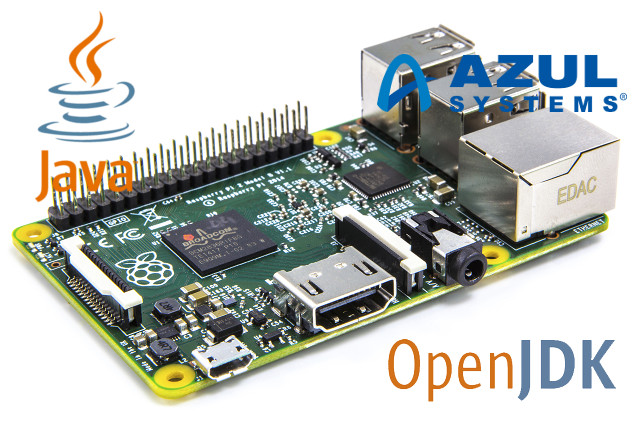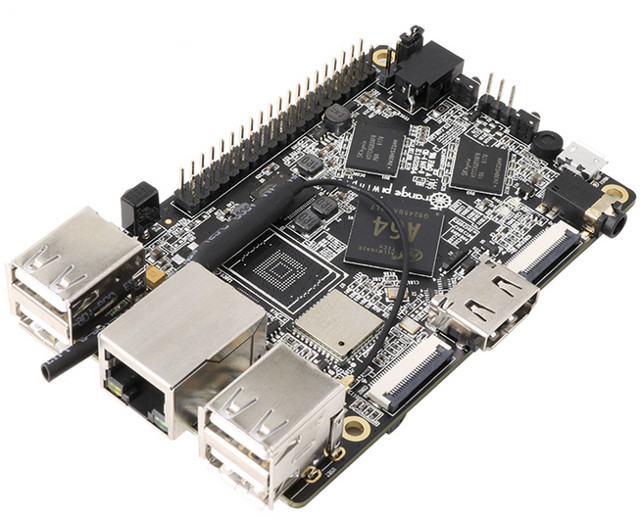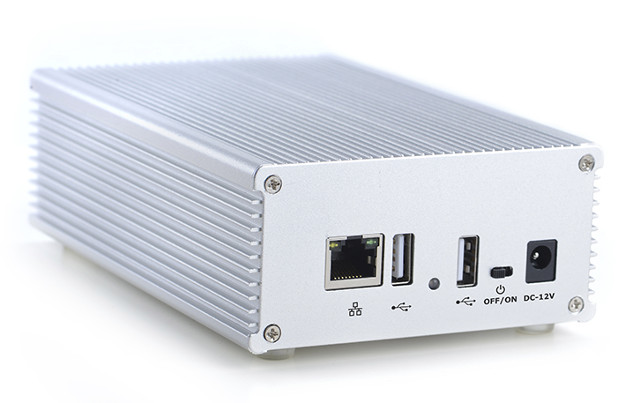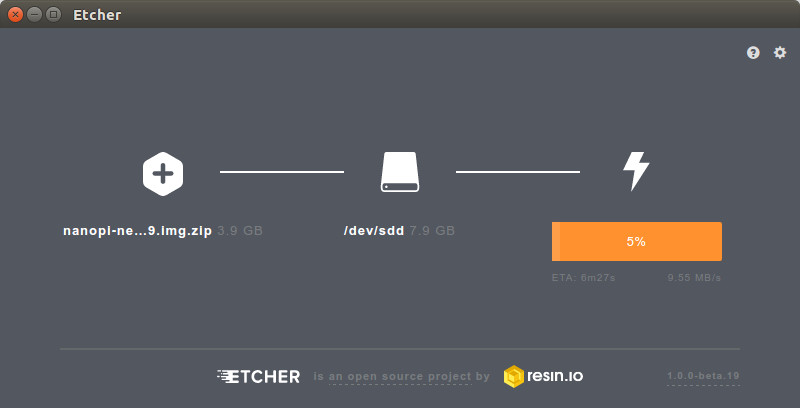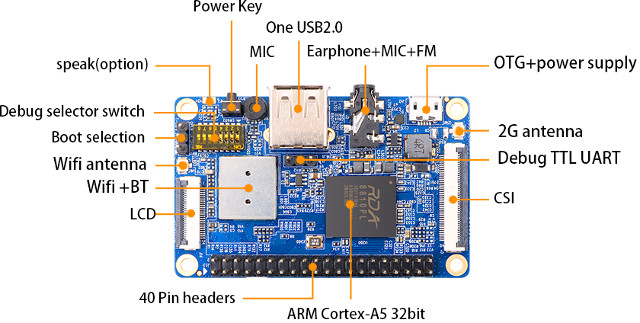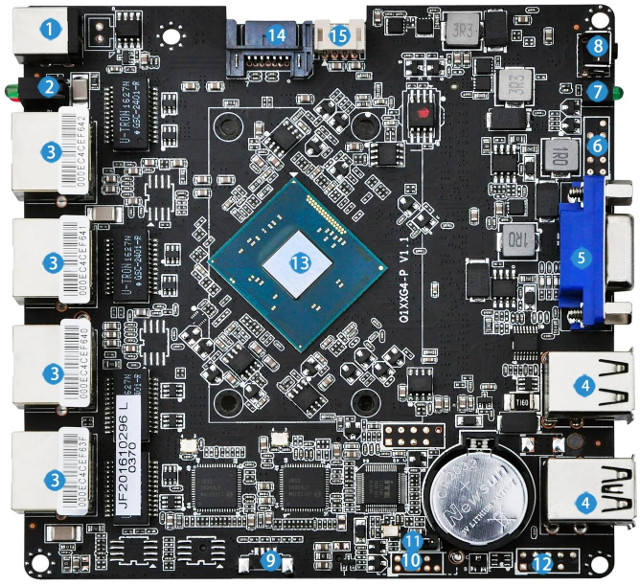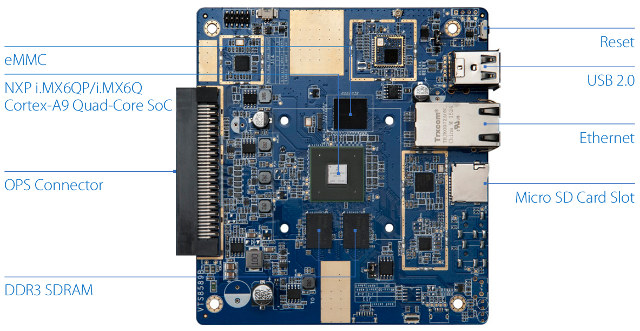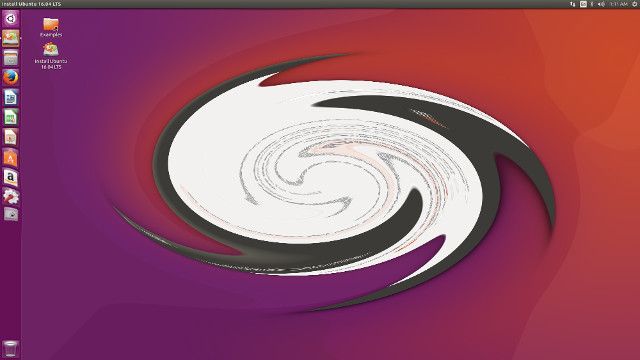Yesterday as I wrote about the Embedded Systems Conference 2017 schedule I came across a potentially interesting talk entitled “Building A Brain With Raspberry Pi and Zulu Embedded JVM” by Azul Systems that will explain how to build a brain emulator using a cluster of Raspberry Pi boards. I wanted to find more about it, but I have not been able to find any details about the project/demo at this stage. However, I could still learn a bit more about Zulu Embedded, which is said to be an open source Java Virtual Machine based on OpenJDK, compliant with Java SE standard, working on 32-bit & 64-bit ARM & x86, MIPS, and PowerPC, as well as multiple operating systems. Some of the key features of Zulu Embedded include: Java Support – Java 6, 7, 8, and 9 when available Java Configurations – Headless, headful, or compact Java Compact Profiles Hardware – […]
Shenzhen Xunlong Releases Two Orange Pi Boards with 64-Bit ARM Processor, 2GB RAM
Shenzhen Xunlong has already been selling 64-bit ARM development board with their Orange Pi PC 2 & Orange Pi Zero Plus 2 H5 boards based on Allwinner H5, as well as Orange Pi Win board powered by Allwinner A64 processor. However, so far none of them are equipped with much memory, with the only options being 512MB or 1GB RAM. The company has recently launched two new boards with 2GB RAM, namely Orange Pi Win Plus featuring Allwinner A64 SoC, and Orange Pi Prime equipped with Allwinner H5 SoC. Orange Pi Win Plus That board is just an update to Orange Pi Win board with the only difference I could find being the 2GB RAM: SoC – Allwinner A64 quad core ARM Cortex A53 processor @ 1.2 GHz with Mali-400MP2 GPU System Memory – 2GB DDR3 Storage – 2MB SPI flash, micro SD slot up to 64GB, footprint for optional […]
FriendlyELEC Introduces $12.99 1-bay NAS Dock Kit for NanoPi NEO & NEO 2 Boards
NanoPi NEO is a tiny board with Fast Ethernet and USB 2.0 interface, so in theory it could make a nice low-end NAS as long as you don’t need the best performance. As always the problem is that there was no case for it, but FriendlyELEC changes that as they just launched a 1-bay NAS Dock Kit for NanoPi NEO / NEO 2 board selling for just $12.99 (promotional price at launch). The kit comes with the following: 1-bay NAS Dock expansion board with JMicron JM20329 USB to SATA bridge SATA connector for 2.5″ HDD drive Extra USB host port On/off switch, and dual color status LED Header to connect NanoPi NEO board 12V DC power input Dimensions – 151 x 89.7 mm NS-120 aluminum enclosure (154 x 100 x 47.5 mm, 4141 grams) Heatsink set for NanoPI NEO M3 6mm screws, M2.5 6 mm screws Four rubber pads Front […]
NanoPi NEO2 Board Benchmarks with Ubuntu 16.04.2 using Linux 3.10 and Linux 4.10
I’ve received NanoPi NEO 2 boards, add-boards and sensor modules last week, where we could see how small the boards were, and how it could be suitable for IoT projects or “hardware hacking” education. Before testing the board with the add-ons, I have to select the image to run on the board, and currently we have two choices: Ubuntu 16.04.2 FriendlyELEC image with Linux 3.10 “legacy” kernel, or Armbian Ubuntu 16.04.2 Xenial nightly build with Linux 4.10 “mainline” kernel. So I decided to try both: dfssf nanopi-neo2-ubuntu-core-qte-sd4g-20170329.img.zip (296 MB) is the image from FriendlyELEC (previously FriendlyARM) Armbian_5.27.170401_Nanopineo2_Ubuntu_xenial_dev_4.10.0.7z (222 Mb) is the image from Armbian, which I downloaded on March 31st despite the filename including “170401” string You can flash the image with Win32DiskImager (Windows) or dd (linux) to a micro SD card the usual way, and while I’ve never personally had troubles with dd, I’ve been told Etcher was better, […]
Orange Pi 2G-IoT ARM Linux Development Board with 2G/GSM Support is Up for Sale for $9.90
Orange Pi 2G-IoT was unveiled at the start of the year as an ultra cheap ($10) Linux development board with 2G cellular connectivity. The board has just launched for $9.90 + shipping on Aliexpress. Orange Pi 2G-IoT specifications have changed a little since the initial announced as WiFi is confirmed to be supported: SoC – RDA Micro 8810PL ARM Cortex A5 processor @ up to 1.0 GHz with 2Gbit (256 MB) on-chip LPDDR2 RAM, 4Gbit (512 MB) on-chip SLC NAND flash , 256KB L2 cache, Vivante GC860 3D GPU, and GSM/GPRS/EDGE Modem (Download datasheet) External Storage – micro SD slot Display I/F – LCD connector up to qHD resolution Video – Decoding up to 1080p30, encoding up to 1080p30 H.264 Audio I/F – 3.5mm audio +FM jack, built-in microphone? Connectivity – WiFi 802.11 b/g/n + Bluetooth 2.1/EDR module (RDA5991), and 2G GSM/GPRS/EDGE module with SIM card slot Camera – MIPI […]
$100 Qotom Q1900G4-M Nano-ITX Board Powered by Intel Celeron J1900 SoC is Equipped with Four Gigabit Ethernet Ports
Qotom Q1900G4-M is a motherboard designed for networking applications thanks to four Gigabit Ethernet ports connected to an Intel Celeron J1900 quad core “Bay Trail” processor. The board supports up to 8GB DDR3 RAM via a SO-DIMM slot, storage through a SATA port and an mSATA connector, and WiFi or cellular connectivity through a mini PCIe slot and SIM card slot. Qotom Q1900G4-M board specifications: SoC – Intel Celeron J1900 quad core “Bay Trail” processor @ 2.0 GHz / 2.41 GHz (Burst) with Intel HD graphics (10W TDP) System Memory – 1x SO-DIMM sockets for up to 8GB DDR3 memory Storage – 1x SATA 3.0 port + power (14 & 15), 1x mini PCIe connector for mSATA SSD (16) Video Output – VGA (5) Connectivity 4x Gigabit Ethernet ports (3) with Wake-on-LAN support SIM card socket (17) USB only mini PCIe connector for WiFi, 3G or 4G (18) USB – 3x […]
VIA VTS-8589 OPS Board Powered by NXP i.MX 6 ARM Processor Complies with Intel’s OPS Digital Signage Specifications
Intel introduced the Open Pluggable Specifications (OPS) defining mechanical and electrical requirements for boards used in digital signage back in 2010. Since then there has been a few Intel OPS boards launched on the market, and the company introduced OPS+ specifications with support for simultaneous display and broadcast usages, 8K resolution displays, and the ability to drive three individual 4K resolution display outputs. VIA has now launched VTS-8589 OPS board compliant with the older specifications, and featuring NXP i.MX6 quad core ARM Cortex A9 processor combined with 2GB RAM, 8GB flash, and more. VIA VTS-8589 OPS has two version of the board with the following specifications: SoC VTS-8589-QP model – NXP i.MX 6QuadPlus quad ARM Cortex-A9 processor @ 1.0 GHz with Vivante GC2000+ GPU supporting OpenGL ES 3.0, OpenCL and OpenVG 1.1, 512KB embedded SRAM VTS-8589 model – NXP i.MX 6Quad quad ARM Cortex-A9 processor @ 1.0 GHz with Vivante GC2000 […]
isorespin.sh Script Updates Ubuntu ISO Files with Mainline Linux Kernel
Devices based on Intel Bay Trail and Cherry Trail processors have been popular due to their integration into low cost system (for an Intel platform), but Intel did not prioritize Linux development for those processors, so while Linux could run, you’d have various problems with HDMI audio, system freezes, and wireless drivers, unless you used a custom kernel. The goods news is that Linux 4.11 will feature fixes for HDMI audio and system freeze, and so you won’t need a custom kernel anymore. Ian Morrison (Linuxium), who has been working on improving Linux for those devices since they were first released, has now released isorespin.sh script to automatically update any Ubuntu ISO image to the latest mainline Linux RC kernel built by Canonical, but not integrated by default in the ISO. Once you’ve downloaded isorepin.sh and your ISO of choice, e.g. ubuntu-16.04.2-desktop-amd64.iso, you can update the ISO with mainline Linux […]


